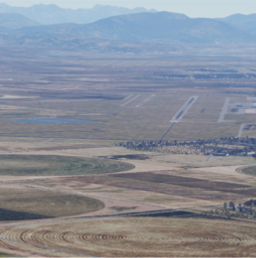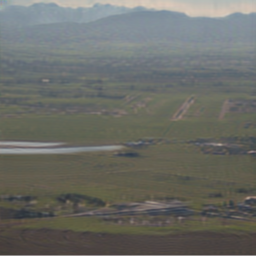Top Questions from VTI's Presentation at the FAA AI Safety Assurance Technical Exchange
- Stephen Crouch
- Mar 11, 2024
- 2 min read

Last week, VTI enjoyed the opportunity to share the company’s development progress at an FAA AI Safety Assurance Technical Exchange hosted by MITRE. In our presentation we covered not only how our technology could improve situational awareness for current pilots, but we also discussed the scalability of our development philosophy.
Some common questions arose during and after our presentation, so we thought we’d continue the conversation here by responding to the most common threads.
Is that really synthetic data from a real time simulator? It looks more like generative AI.
Correct! Our simulation environment does not use generative AI for its photorealism. Generative AI, although impressive for its photorealism, presented several key downsides. The computational cost of generative AI limits cost-effective dataset production. In contrast, traditional rendering tools can be run in real time. This enables hardware in the loop testing of our software stack against simulation images. With a real time simulator, we can study the human-machine interaction by having pilots “fly” anywhere, in any condition, all while remaining in our lab. Additionally, traditional rendering tools guarantee pixel perfect image labels. Because we have a full understanding of our simulation environment, pixel perfect labels of relevant features come for “free” along with the photorealistic imagery.

Simulated Image

Gen AI Image produced with custom style transfer model (simulated image as source) and textures derived from VTI flight tests. Note the subtle structural differences that can be difficult to control.
Have you had success with model generalization?
Yes, with our simulation environment we’ve been able to establish which model architectures have sufficient learning capacity to generalize across weather, time of day, and position relative to the runway. Additionally, we’ve been able to demonstrate that our models are capable of generalizing outside of the simulation, creating promising results on real data.

Example synthetic model performance on real data.

Example synthetic model performance on real data.
Does your system incorporate and communicate NOTAM information such as runway closure status?
This is in development and something we’re excited about. NOTAM information is not only communicated over ATC broadcasting, but is also available via FIS-B which can be received by ADS-B receivers. In addition to runway closure status, we can relay active runway information that is broadcast over ATIS, such as "expect the visual at RWY 12". Along with integrating these signals, we’re focused on the human factors element - a critical consideration for any technology used by pilots.



